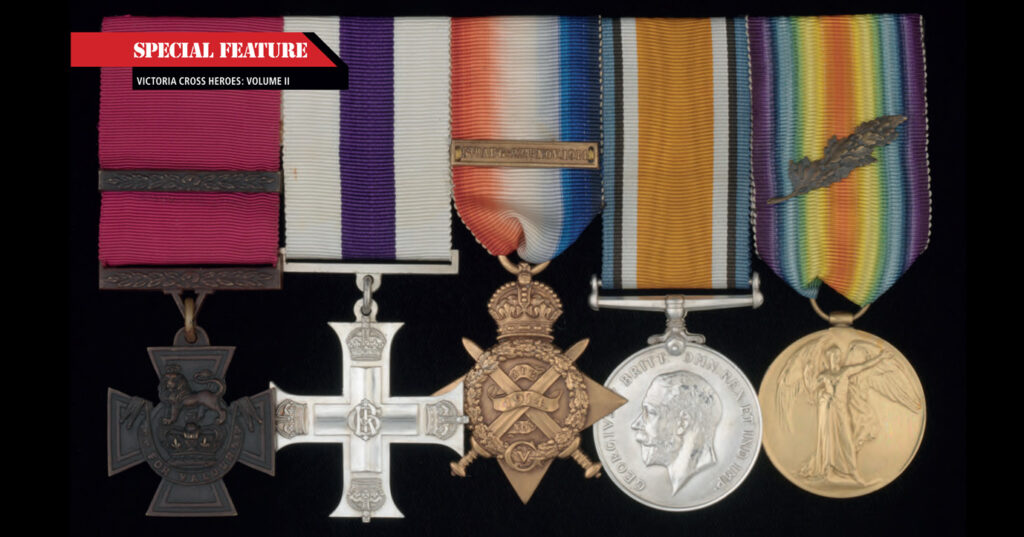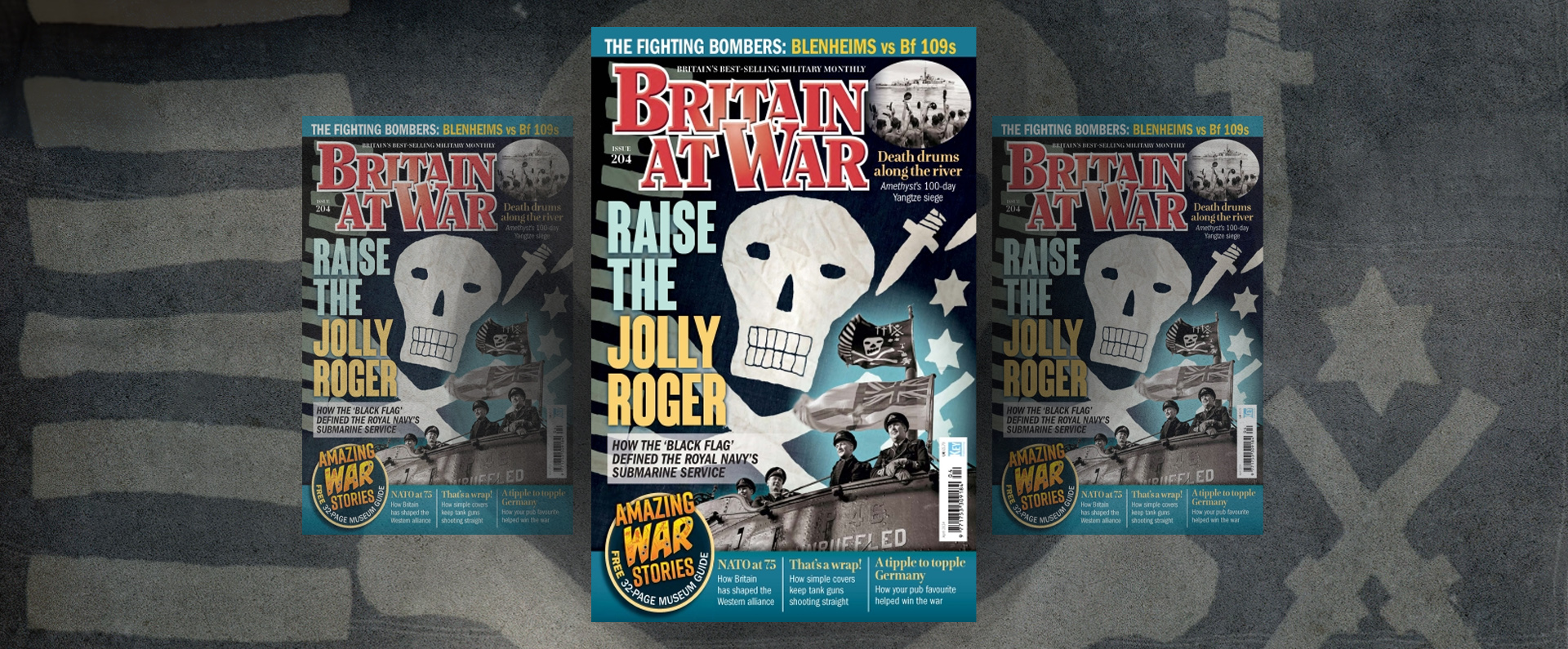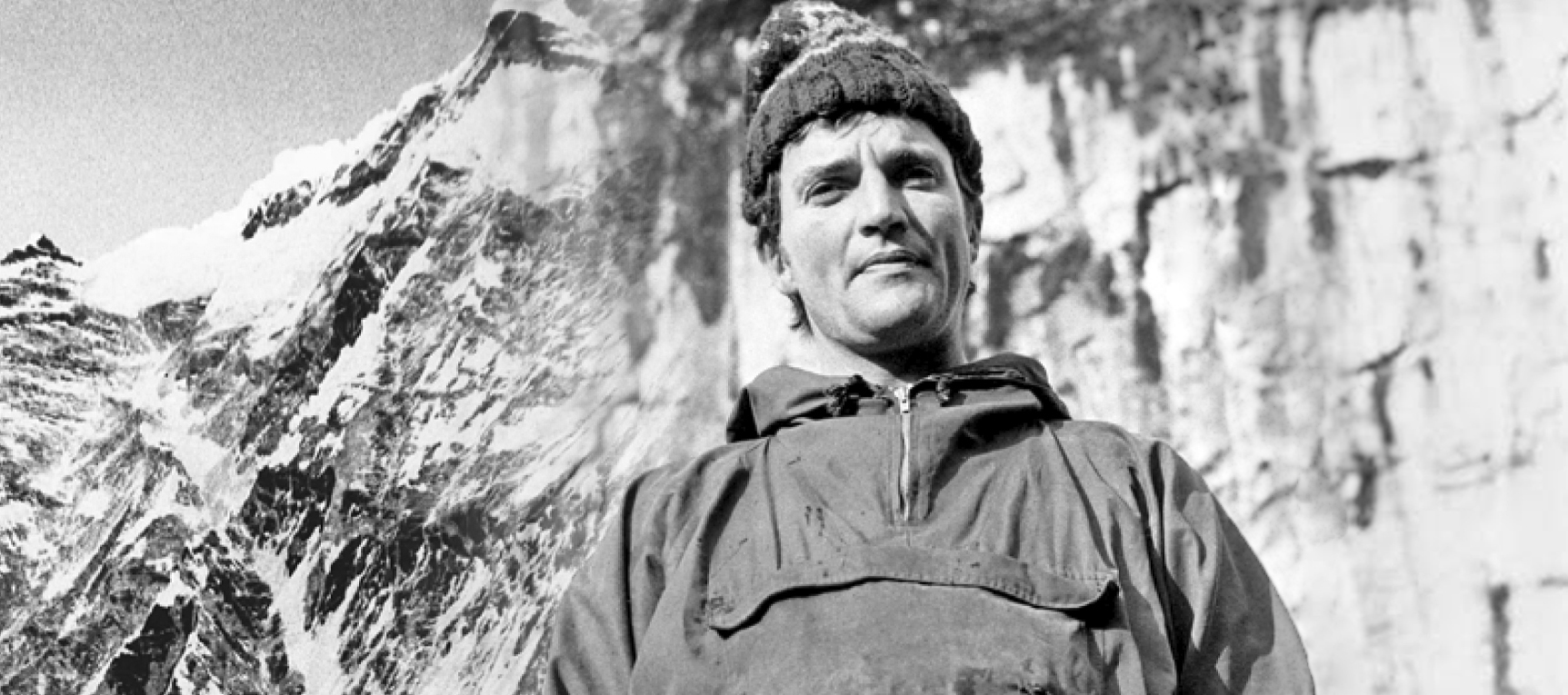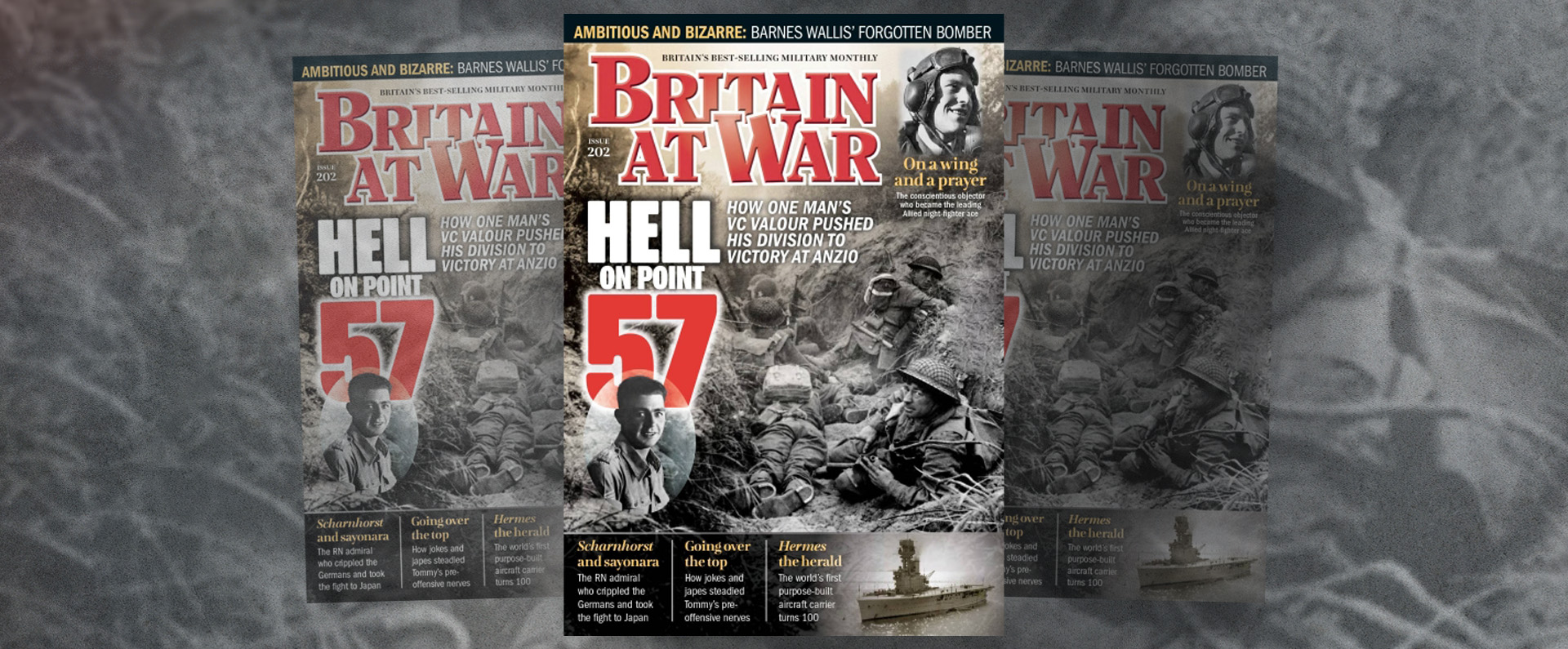
Published in Airsoft Action Magazine on 19 October 2017.
Captain Noel Godfrey Chavasse
Lieutenant Eric Ashcroft
My interest in bravery dates back more than 60 years to when I was a small boy. My late father, Eric, was a modest man but, when I was about ten, he finally agreed to tell me about his own role in the Second World War.
After war broke out in September 1939, he was one of the first young men to enlist, joining the South Lancashire Regiment. However, he did not see action until the summer of 1944, when he arrived on Sword Beach as part of the D-Day landings.
My father described how, as a young lieutenant and in the build-up to the D-Day landings, he and other officers had been briefed to expect 75 per cent casualties – dead and wounded – as they landed in Normandy.
At dawn on 6 June 1944, my father found himself in a small, vulnerable landing craft crashing through the waves in the English Channel. He portrayed a vivid picture of how the landing craft were filled with the real smell of vomit and the metaphorical smell of fear.
As the British forces arrived on the beach, they raced forwards confronted by heavy machine-gun fire. Among the early casualties was the commanding officer, a colonel, who was shot dead at my father’s side.
My father was hit by shrapnel, receiving serious injuries to his back and one of his arms. However, he fought on until, wounded and weary, he was ordered from the battlefield to receive medical treatment.
As a schoolboy, I felt enormous pride that my father had been so courageous in the heat of battle. Some time later, I first heard of something called the Victoria Cross. I knew that it was a bravery award but little else. However, my long fascination with the VC and the heroics of its recipients was born.
The Victoria Cross (VC) was instituted by a Royal Warrant from Queen Victoria announced on January 29 1856 that laid down 15 “rules and ordinances”. It thereby became the first British decoration that could be awarded to any serviceman irrespective of rank.
Ever since then, the “VC”, as it quickly became known, has become established as Britain and the Commonwealth’s premier award for gallantry in the face of the enemy.
Over the past 161 years, the VC has been awarded on 1,358 occasions, including to the American “Unknown Warrior”. Among this total is the award of three “Bars” (a second VC to the same individual).
The more I read about the VC, the more interested I became in it. Even when I was frantically busy pursuing a career as an entrepreneur, I found time to read the occasional book on the VC. Gradually, my general passion for bravery transformed into one for gallantry medals in particular. Such medals are the tangible record of an individual’s service and courage.
When I was in my early 20s, I decided that one day I would, if my financial position allowed it, I would purchase a VC that was offered for sale at auction.
By July 1986, shortly after my 40th birthday and by then a self-man businessman, I was the successful bidder for a VC that had been awarded to Leading Seaman James Magennis for bravery at the end of the Second World War.
This successful purchase, was initially intended as a one-off but I soon resolved to start a VC collection. Today, I have amassed a collection of more than 200 VCs, by some margin the largest in the world.
As the collection grew, I wanted to bring the decorations to a wider audience. As a result of a great deal of behind-the-scenes discussion, I was able to announce in the summer of 2008 that I given a substantial donation to enable the collection to go on display at a new gallery.
“The Lord Ashcroft Gallery” (LAG) at the Imperial War Museum (IWM) was opened by HRH The Princess Royal in November 2010 to house my VC and George Cross (GC) collection, along with VCs and GCs in the care of the IWM.
Through my medal collection, the LAG , lecturing and my books on gallantry, I now do all I can to champion acts of great bravery. My first book on bravery, Victoria Cross Heroes, was published in 2006 to mark the 150th anniversary of the VC.
Since then I have written a further five books on gallantry: my most recent offering, Victoria Cross Heroes Volume II, will be published in paperback on November 9, two days before Armistice Day.
After giving some basic information on the VC and how I built up my collection, the book tells the stories behind nearly 60 VC recipients – the medal groups that I purchased in the decade after Victoria Cross Heroes was published. I firmly believe that inspirational deeds of valour and self-sacrifice should be championed and never forgotten.
My latest books contain many accounts of extraordinary bravery by soldiers, sailors and airmen spanning nearly a century – from the Crimean War of 1854-6 to the Second World War of 1939-45 and just after.
Perhaps the most astonishing story in the book is that of Captain Noel Chavasse VC and Bar, MC. Chavasse, a doctor serving with the Royal Army Medical Corps (RAMC), was the only man to be awarded two VCs during the Great War.
His first VC was announced on October 26 1916 for his bravery at the Battle of the Somme. It was estimated that by searching for and treating wounded soldiers close to the frontline, Chavasse saved the lives of more than 20 men, before being wounded himself.
Chavsse’s second VC was announced on September 14 1917 for his gallantry during the Battle of Passchendaele, also known as the Third Battle of Ypres. During heavy fighting in Belgium, Chavasse once again saved many lives treating the wounded just yards from the frontline.
However, his second award was, sadly, a posthumous one: for Chavasse was fatally wounded on August 2, 1917, having already received several serious injures during three days of fighting from July 31.
Chavasse, the son of the Bishop of Liverpool, died on August 4, 1917, aged 32, but only after dictating a final letter to his fiancée and cousin, Gladys Chavasse, in which he said that “duty called and called me to obey”.
There were countless tributes to Chavasse’s immense courage. Sir Henry Willink, who knew both Noel Chavasse and his twin brother Christopher, wrote home to his mother, saying: “He [Noel Chavasse] is said to have earned the V.C. four times that day. His family may feel that in him England has lost one of the most saintly and one of the most devotedly gallant of her sons. He was a most wonderful chap.”
My new book is crammed full of similar stories of immense bravery by men whose courage still sends a shiver down my spine. I am donating every penny of author’s royalties to military charities so anyone buying the book will be supporting good causes, while at the same time learning about nearly 60 men who deserve to be described as “the bravest of the brave”.
Download PDF of the original Airsoft Action magazine article
For more information, visit:
LordAshcroftOnBravery.com


